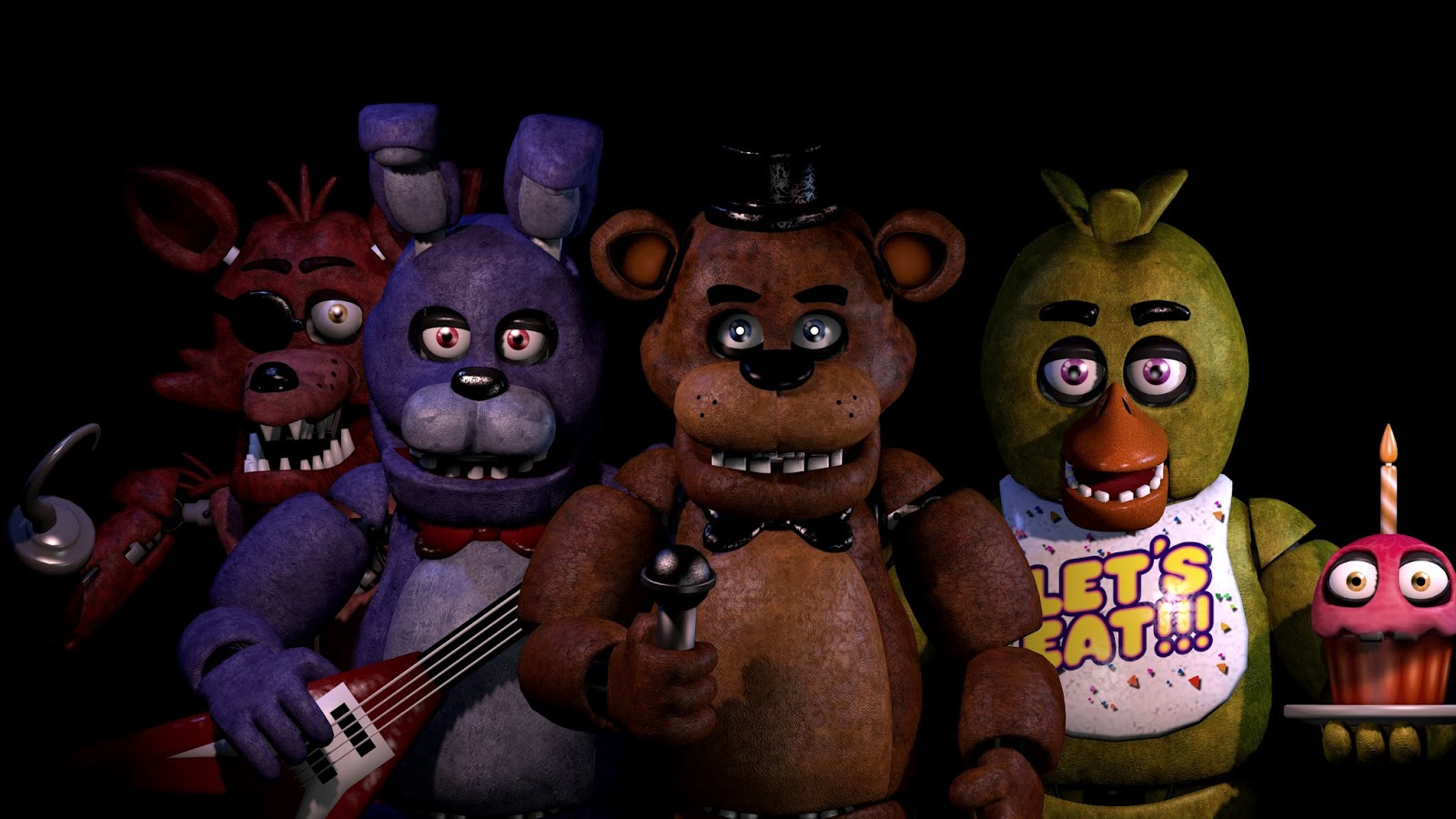
In the labyrinthine corridors of cinematic history, few films have etched themselves into the collective psyche with the chilling permanence of “Seven.” David Fincher’s 1995 crime thriller wasn’t merely a movie; it was a visceral experience, a descent into a rain-slicked urban nightmare where the most profound horrors weren’t just seen but deeply felt. It dared to challenge audience expectations, pushing boundaries with a narrative as relentlessly dark as the city it depicted, forcing a confrontation with the very nature of evil and apathy.
This wasn’t a journey for the faint of heart, either for its characters or the remarkable team who brought it to life. The film’s creation was a crucible of artistic integrity, intense creative battles, and a steadfast refusal to compromise on its grim vision. From the aspiring screenwriter grappling with urban dread to a director determined to reclaim his artistic voice, and Hollywood heavyweights seeking to redefine their craft, “Seven” emerged from a remarkable collision of talent and tenacity, delivering one of the most shocking and unforgettable conclusions in movie history, profoundly influencing its lead stars, Morgan Freeman and Brad Pitt, and setting a new benchmark for psychological thrillers.
1. **The Architect of Darkness: Andrew Kevin Walker’s Genesis and David Fincher’s Uncompromising Vision**
The insidious seed of “Seven” was planted in Andrew Kevin Walker’s mind after his 1986 move to New York City, where he experienced profound culture shock amidst rising crime. Describing this period as “depressing,” Walker found direct inspiration for the film’s gloomy urban backdrop. He began writing about police pursuing a serial killer driven by the seven deadly sins, aiming to defy expectations and leave audiences “violated and exhausted.”
Walker designed the script to be open to interpretation, asserting that “there’s lots of evil out there, and you’re not always going to get the satisfaction of having any sort of understanding of why that is.” This philosophy shaped John Doe, conceived after observing sins on city streets. Doe’s decision to surrender was a pivotal narrative choice, denying a conventional capture and maintaining unease.
David Fincher arrived at “Seven” determined to reclaim his artistic voice after a deeply negative “Alien 3” experience. Initially uninterested in police procedurals, Fincher was inexorably drawn into Walker’s narrative, admitting, “‘I found myself getting more and more trapped in this kind of evil … and even though I felt uncomfortable about being there, I had to keep going.'” This confirmed the script’s alignment with his uncompromising vision, especially its bleak ending.
The path to preserving this vision was fraught with studio conflict, as executives opposed the stark conclusion. Walker was forced to write thirteen drafts, including one where Tracy survives. Crucially, Fincher was mistakenly sent Walker’s original script with the infamous “head-in-the-box” ending. Convinced of its merit, he committed to directing on the sole condition that this original ending remained intact, refusing altered versions.
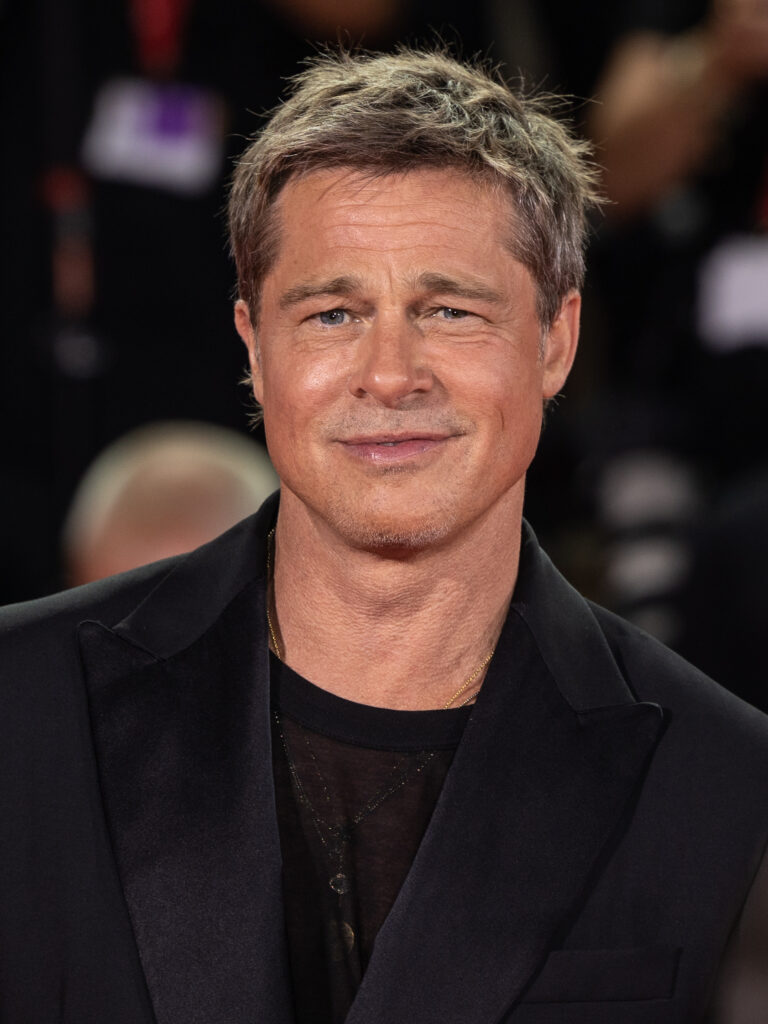
2. **The Ensemble’s Challenge: Crafting the Iconic Detectives and the Elusive Killer**Assembling the core cast for “Seven” was a critical and often unconventional journey to embody its complex characters. For Detective Lieutenant William Somerset, Fincher ultimately cast Morgan Freeman, a suggestion by Arnold Kopelson, despite initial studio concerns about the pairing of a Black and white detective. This choice led to script modifications, making Somerset’s dialogue “precise and direct,” suiting Freeman’s gravitas.
The role of David Mills saw rejections from Stallone and Denzel Washington. Brad Pitt, a rising star, was initially not Fincher’s first choice, but a meeting revealed Pitt’s charisma, convincing Fincher that audiences would remain invested in Mills. Pitt’s dedication was profound: he rejected other lucrative offers, physically transformed, and crucially, insisted on the “head-in-the-box” ending, having experienced similar narrative alterations previously.
Pitt further championed the narrative by insisting that Mills, not Somerset, deliver the fatal shot to John Doe. He believed it was essential for Mills’s action to stem from raw passion and personal devastation rather than detached morality, amplifying the ending’s gut-wrenching impact. His advocacy underscored his dedication to escaping typecasting and engaging with more profound thrillers.
The search for the elusive serial killer, John Doe, proved most daunting. Ned Beatty famously declined, deeming the script “the most evil thing I’ve ever read.” Other considerations fell through. Brad Pitt’s personal preference for Kevin Spacey ultimately led to Spacey’s involvement, despite executives balking at his asking price.

3. **The Urban Nightmare: Forging “Seven’s” Bleak, Rain-Soaked Aesthetic**The grim, rain-soaked aesthetic of “Seven” was a cornerstone of its storytelling, crafted to immerse the audience in inescapable dread. Principal photography, from December 1994 to March 1995, took place almost entirely in downtown Los Angeles. Fincher, though favoring Oakland, adapted to L.A.’s urban sprawl, transforming it into an anonymous, decaying metropolis.
A defining visual element was the omnipresent rain. Fincher deliberately chose to film amidst constant downpours, creating an “inescapable element” for the characters, with oppressive conditions both indoors and out. This served as a powerful metaphor for pervasive moral decay and allowed for a swift schedule given Brad Pitt’s limited availability, while obscuring L.A.’s sunny disposition.
The film’s aesthetic drew heavily from diverse cinematic influences, including “All That Jazz,” “The Silence of the Lambs,” and “The French Connection,” alongside the raw, over-the-shoulder viewpoint of “Cops.” Cinematographer Darius Khondji cited “Klute” as a significant influence, noting its “use of toplight … widescreen compositions for intimacy,” contributing to “Seven’s” “heightened sense of realism.”
Fincher’s commitment to this dark visual palette created tension with the studio, which expressed unhappiness with the “darkness of the dailies.” Khondji suggested printing brighter, but Fincher firmly refused to compromise. A well-received promotional showreel from early footage ultimately silenced complaints. Khondji achieved this striking look using Panavision Primo lenses and Kodak film stocks for “gritty” interiors and deep blacks.
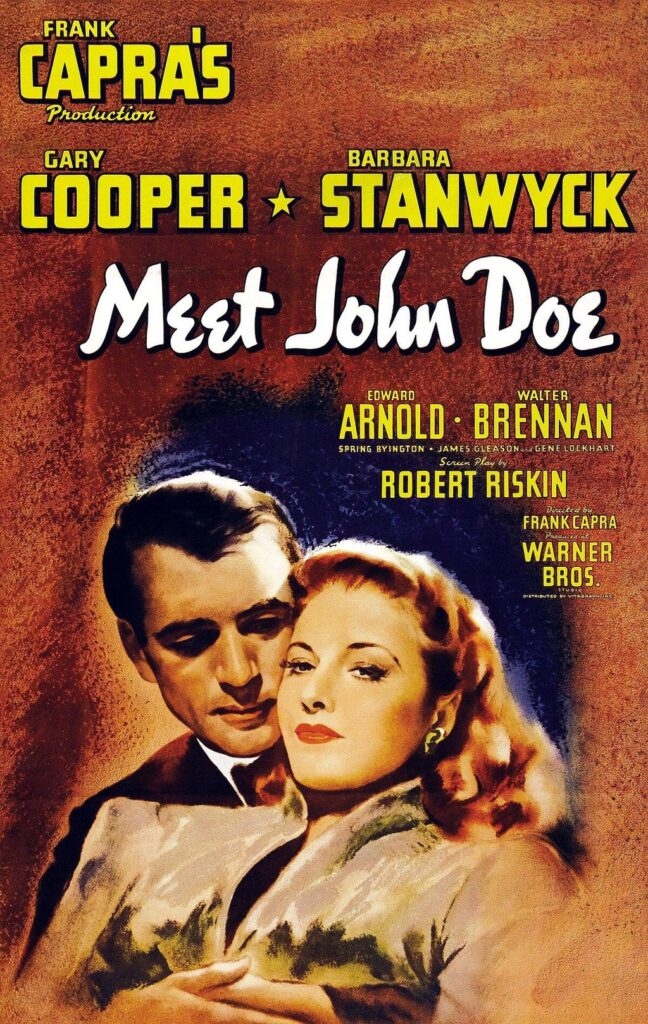
4. **The Gruesome Craft: Designing John Doe’s Seven Deadly Sins Victims and Practical Effects**The visceral horror of “Seven” was amplified by the meticulous and disturbing design of John Doe’s victims, each embodying a deadly sin. Rob Bottin led the practical effects team, conducting extensive research into crime-scene photographs, police evidence, and autopsy observations to bring his gruesome designs to life. This dedication to macabre realism ensured the victims were unforgettable figures of human degradation.
For the gluttony victim, actor Bob Mack underwent up to 10 hours daily for makeup and prosthetics. He discovered a “cockroach wrangler” on the call sheet, indicating the use of live insects. A fiberglass replica of Mack was later used for the autopsy, highlighting the film’s commitment to visual authenticity in its morbid depictions.
The sloth victim, Theodore “Victor” Allen, portrayed by Michael Reid MacKay, demanded extensive experimentation. MacKay, naturally slight at 5 ft 5 in and 96-98 lb, provided an emaciated frame. Rubber prosthetics were crafted for his entire body, painted to appear bruised and scarred, with pale skin, highlighted veins, gelatin sores, and matted hair completing the neglected look.
MacKay’s application process took up to 14 hours. He endured four hours of filming, limiting his breathing and tensing muscles against cold. SWAT actors, expecting a prop, reacted with genuine shock to his movement in the sloth scene, a testament to the horrifying realism.
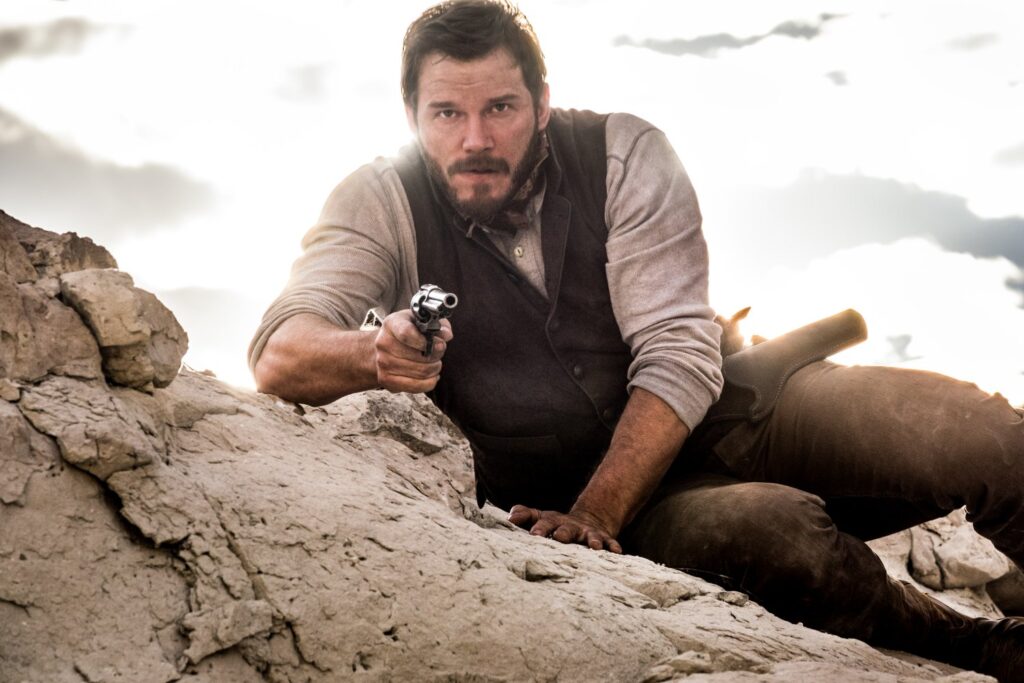
5. **The Unseen Obstacles: Navigating Production Difficulties and On-Set Incidents**The journey to bring “Seven” to the screen was fraught with challenges beyond creative differences, encompassing logistical nightmares, moral objections, and serious on-set injuries. The film’s dark content made casting and crewing difficult; Gary Oldman declined a role, Fincher’s former costume designer refused, and agents dismissed the script as “evil and misogynistic.” This reluctance underscored the controversial nature, demanding relentless pursuit of the vision.
Production was not immune to disruptions. During a chase sequence, Brad Pitt, performing his own stunts, slipped on a rain-slicked hood and crashed through a windshield. He sustained severe injuries, including cut tendons and nerves in his left hand, an incident Fincher recalled seeing exposed bone. This forced a brief halt, and Pitt’s return with stitches and a forearm cast necessitated writing the injury into subsequent scenes.
Location preparation for the sloth victim scene involved clearing used condoms and crack pipes, replacing them with props and air fresheners, illustrating the grim realities managed to craft the pervasive sense of urban decay.
Budgetary constraints were a persistent battle. Initially $30–31 million, Fincher’s unwavering vision pushed the budget $3 million over, to $33–34 million, making it New Line Cinema’s most expensive film. A studio employee noted Fincher’s relentless persuasion, consistently swaying executives who had initially been adamant about refusing further funding.

6. **The Unseen Horrors: Crafting Lust and Pride’s Disturbing Realism**While the grotesque details of Gluttony and Sloth laid a chilling foundation, John Doe’s grim artistry extended to the equally disturbing representations of Lust and Pride, carefully designed to evoke profound psychological discomfort rather than overt gore. The practical effects team, led by Rob Bottin, continued their meticulous research into crime-scene photographs, police evidence, and autopsy observations, ensuring each victim’s tableau was a hauntingly authentic depiction of human degradation. Fincher’s approach leaned into a “psychologically violent” aesthetic, implying horror without always showing it explicitly, a choice that only amplified the film’s pervasive sense of dread.
For the Lust victim, a worker impaled with a custom-made, bladed strap-on, the challenge was to create a scene both visceral and chillingly clinical. Cat Mueller, recruited after Fincher’s assistant suggested her for the role, embodied the dead prostitute, contributing to the stark realism despite the scene’s grim nature. Her portrayal was essential in conveying the brutal objectification central to Doe’s twisted morality, highlighting the silent, unseen violence that underpins much of the film’s terror. The brief yet impactful appearance of this victim left an indelible mark on audiences, reinforcing the killer’s meticulous cruelty.
The Pride victim, a model whom Doe facially disfigured, presented a different kind of horror—one rooted in vanity and self-perception. Heidi Schanz was cast in this pivotal role after a previous actor withdrew, and Fincher, pressed for time, utilized her existing headshots to illustrate the character’s former beauty. The scene depicted her eventual suicide, unable to live without her perceived perfection, after Fincher himself added blood and taped her nose while her face was covered in gauze. This portrayal offered a poignant commentary on society’s obsession with outward appearances, a sin that John Doe exploited with calculated precision.
Indeed, the Motion Picture Association of America (MPAA) did mandate cuts to some of Bottin’s effects work to secure a film rating, a testament to how unsettlingly realistic his designs were. Yet, Fincher’s steadfast commitment to psychological violence meant that even with modifications, the scenes retained their profound impact. The unsettling realism of Lust and Pride, much like their predecessors, served to deepen the narrative’s exploration of human depravity and John Doe’s unyielding judgment.

7. **The Unspeakable Sins: The Conceptualization of Envy and Wrath**The true crescendo of John Doe’s meticulously orchestrated symphony of sins wasn’t found in a physical tableau but in a devastating psychological trap that would forever alter the lives of Detectives Somerset and Mills. After meticulously executing five murders, Doe’s surrender—a pivotal narrative choice made by Andrew Kevin Walker—was designed to deny the audience the conventional satisfaction of a chase, instead thrusting them into profound discomfort. This calculated move set the stage for the narrative’s most gut-wrenching twist, turning the hunters into unwitting participants in the final, most personal acts of judgment.
The climax unfolded in a desolate, remote location, far from the city’s grim confines. Here, a delivery van, orchestrated by Doe, approached with its unspeakable cargo. Somerset, instinctively intercepting the vehicle, was met with a horror that would forever haunt him, immediately understanding the package’s contents and frantically warning Mills to lower his weapon. This moment of dawning realization for Somerset was expertly crafted to build unbearable suspense, as the audience, like Mills, was kept agonizingly in the dark, anticipating a revelation that would shatter their understanding of justice and retribution.
It was then that Doe, with a chilling calmness, unveiled his final, horrifying design, revealing himself to be the embodiment of Envy. His confession that he “envied Mills’s life with Tracy” stripped away any semblance of conventional motive, replacing it with a petty, yet devastating, desire to destroy the detective’s happiness. The implied contents of the package, coupled with Doe’s revelation of Tracy’s pregnancy – a secret Mills was unaware of – delivered a shockwave that tore through the seasoned detective’s composure, transforming his grief into a primal, unstoppable rage.
As Doe provocatively urged Mills to become Wrath, the film reached its harrowing and unforgettable zenith. Mills, utterly consumed by devastation and fury, defied Somerset’s desperate pleas and, in a moment of visceral passion, shot John Doe dead, thereby completing the serial killer’s macabre masterpiece. The immediate aftermath, with Mills catatonic and Somerset delivering his iconic voiceover – “Ernest Hemingway once wrote: ‘The world is a fine place, and worth fighting for.’ I agree with the second part” – underscored the profound and irreversible impact of Doe’s twisted vision, leaving both characters and audience profoundly violated and exhausted, exactly as Walker had intended.
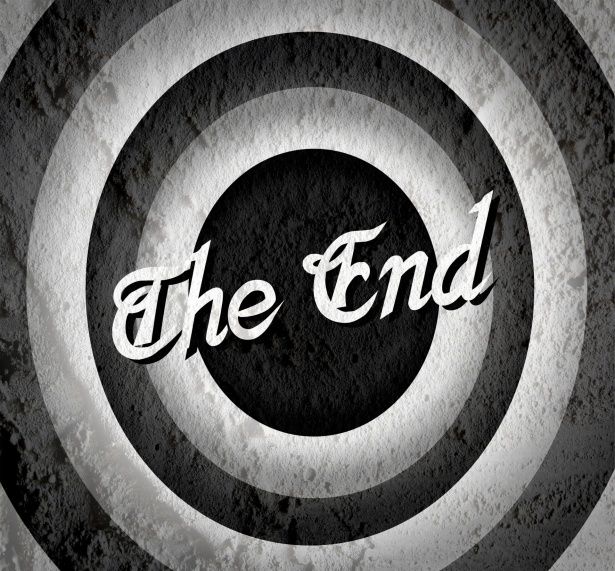
8. **The Uncompromising Conclusion: The Fierce Battle for the Original Ending**The ending of “Seven” stands as one of cinema’s most shocking and talked-about conclusions, but its existence was the result of a fierce and protracted battle between the filmmakers and studio executives. David Fincher, determined to stun the audience and uphold Andrew Kevin Walker’s original vision, famously desired a sudden cut to black immediately following Mills’s fatal shot. However, New Line Cinema executives, fearful of alienating audiences with such an abrupt and bleak resolution, strenuously pushed for a more conventional, mainstream outcome. This clash of artistic integrity versus commercial viability defined much of the film’s post-production.
Test screenings often amplified the studio’s concerns, with audience reactions confirming their anxieties about the film’s unrelentingly dark tone. One particularly memorable instance saw a female audience member, after a screening, declare that “the people who made that movie should be killed,” a direct testament to the raw, visceral impact of the finale. Executives proposed numerous alternatives to the infamous “head-in-the-box” scenario, including a version where Mills and Somerset would pursue Doe and a kidnapped Tracy, who would miraculously survive. Another suggestion even involved the head of one of Mills’s dogs being in the box, a less traumatizing, albeit still dark, alternative for the protagonist.
Amidst these intense discussions, the lead actors, Brad Pitt and Morgan Freeman, also weighed in. Freeman, for his part, initially preferred a storyboarded sequence where Somerset would be the one to kill Doe, thereby sparing Mills the career-ending consequence. However, it was Brad Pitt who became the staunchest defender of the original ending. Having experienced the frustration of his previous film, “Legends of the Fall,” undergoing an altered ending due to negative test audience responses, Pitt vehemently insisted that the “head-in-the-box” ending be retained, and crucially, that Mills, driven by raw passion rather than detached morality, be the one to pull the trigger.
Pitt’s resolve, coupled with Fincher’s uncompromising stance, ultimately won the day, thanks in part to the support of producer Michael De Luca. The only concession made was a slightly longer epilogue, showing Mills being arrested and Somerset delivering his concluding narration, an addition intended to offer a small measure of humanity amidst the overwhelming darkness. This hard-won victory ensured that “Seven” delivered its intended emotional punch, making its ending one of the most celebrated and shocking in cinematic history, a bold refusal to compromise that resonated deeply with critics and audiences alike. Interestingly, for those curious about the physical prop, Fincher revealed the box contained a taped shot bag with a wig, a seemingly simple object that unleashed profound terror.
Read more about: 9 Legendary Muscle Cars That Vanished: A Nostalgic Drive into an Era’s Fading Glory
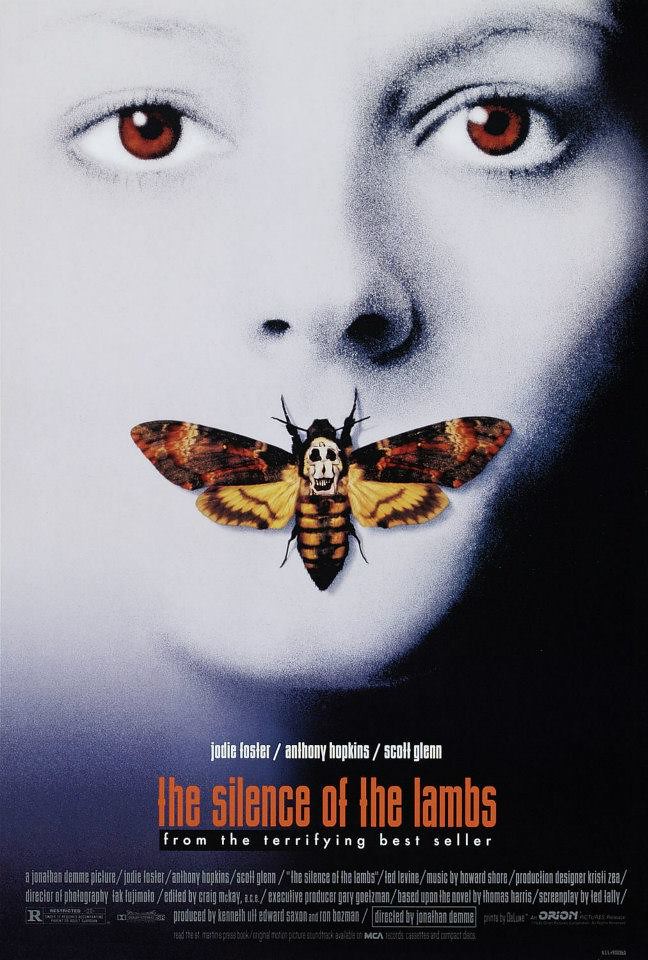
9. **A Symphony of Dread: The Immersive Soundscape and Score of ‘Seven’**Beyond its striking visuals and harrowing narrative, “Seven” carved its place in cinematic lore through an equally compelling and meticulously crafted soundscape. David Fincher enlisted Howard Shore, renowned for his work on “The Silence of the Lambs,” to compose the score, recognizing his talent for creating unsettling and atmospheric music. Shore’s approach, largely unimpeded by Fincher, allowed for an organic creation of dread, using a powerful orchestra of up to 100 musicians, incorporating brass, percussion, and piano, to weave a tapestry of unease throughout the film.
Shore’s central theme, “Portrait of John Doe,” subtly permeated the narrative, often featuring two distinctive cue notes. A rising version of this theme was notably used during Tracy’s appearances, hinting at her vulnerability and her unwitting role in Doe’s sinister scheme. The score’s true genius, however, emerged during the film’s climax, where Shore masterfully incorporated his own visceral reaction to the ending into the music itself. He opted for minimal accompaniment during the critical dialogue between Mills, Somerset, and Doe, instead employing the score to punctuate specific, significant moments, amplifying the emotional weight of each devastating revelation.
Fincher also made bold choices with the film’s musical selections beyond the original score. Howard Shore’s initial opening theme, “The Last Seven Days,” a more upbeat composition, was ultimately replaced by a remix of Nine Inch Nails’ iconic song “Closer,” re-envisioned by Coil and Danny Hyde. This edgy, industrial sound immediately plunged the audience into the film’s grim world, setting a stark, unforgiving tone. The end credits, rather than offering relief, continued this atmospheric intensity with David Bowie’s “The Hearts Filthy Lesson,” ensuring the film’s psychological grip lingered long after the screen faded to black.
The film’s auditory richness extended to its extensive use of popular music, carefully curated to enhance its bleak urban setting. Tracks like “In the Beginning” by the Statler Brothers, “Guilty” by Gravity Kills, and soulful tunes such as “Trouble Man” by Marvin Gaye and “Speaking of Happiness” by Gloria Lynne provided a stark contrast to the unfolding horror, underscoring the banality of life against the backdrop of unimaginable evil. Even classical pieces like Bach’s Air from Suite No. 3 and jazz standards by Charlie Parker and Thelonious Monk were meticulously placed, adding layers of cultural commentary and a sense of timeless decay to the unnamed city.
Furthermore, sound engineer Ren Klyce and Fincher deliberately inserted frequent diegetic background sounds—the relentless patter of rain, distant screams, the hum of the city—to craft a pervasive psychological impression. This technique ensured that terrifying events felt imminent or ongoing, even when unseen, creating an inescapable atmosphere of dread for both characters and audience. Klyce and sound designer Steve Boedekker even produced the distinct, eerie music heard at the entrance to the club where the lust victim was found, demonstrating the granular attention paid to every auditory detail to build “Seven’s” immersive, terrifying world.
10. **The Enduring Shadow: ‘Seven’s’ Profound Cinematic Legacy**Upon its initial release, “Seven” faced middling test audience results, and despite its star-studded cast, was not widely predicted to perform well due to its violent and mature content. However, against all expectations, the film transcended its grim premise to become a sleeper hit, grossing an astounding $327.3 million worldwide and securing its place as the seventh highest-grossing film of 1995. This commercial success was mirrored by generally positive contemporaneous reviews, which particularly lauded the compelling performances of the central cast and, crucially, the film’s unflinching ending, a testament to its raw power.
In the years since its debut, the critical reception for “Seven” has only grown more positive, solidifying its status as a modern classic. The film proved to be a pivotal turning point for its director and lead actors. For David Fincher, it revitalized a career that had faced a setback with his directorial debut, “Alien 3,” firmly establishing him as a visionary master of dark, psychological thrillers. For Brad Pitt, “Seven” was instrumental in helping him transition from roles primarily based on his appearance to more serious, dramatic, and profound characters, showcasing his depth as an actor.
“Seven’s” influence permeated popular culture, inspiring a multitude of television series and films that sought to emulate its unique aesthetic, haunting music, and chilling premise. Its profound impact extended beyond storytelling, notably revolutionizing title design. The film’s opening sequence, depicting the killer meticulously preparing for his actions, is widely considered an important design innovation that sparked a renewed interest in the art of title sequences, moving them beyond mere credits to become integral elements of a film’s narrative and tone.
Moreover, the film’s audacious twist ending has been consistently named as one of the most shocking and unforgettable in cinematic history. This narrative audacity, combined with Fincher’s commitment to “psychological violence”—implying brutality rather than explicitly showing it—established a new benchmark for psychological thrillers. “Seven” dared to challenge audience expectations, pushing boundaries with a narrative as relentlessly dark as the city it depicted, forcing a confrontation with the very nature of evil and apathy. Its enduring legacy is a testament to its artistic integrity and its courage to delve into the darkest corners of the human psyche, leaving an indelible mark on cinematic storytelling that continues to resonate today.
In the annals of film, few works cast as long a shadow as David Fincher’s “Seven.” It’s more than a crime thriller; it’s an immersive journey into the heart of a decaying world, unflinching in its portrayal of human failing and the terrifying logic of a deranged mind. From its rain-slicked streets to its earth-shattering conclusion, every element was meticulously crafted, not just to entertain, but to provoke, to challenge, and ultimately, to haunt. The film remains a chilling reminder that sometimes, the most profound horrors are not external monsters, but the ones lurking within society, and within ourselves, waiting for a catalyst to emerge into the blinding light of judgment. It is a masterpiece of dark narrative, proving that true artistry lies in daring to confront the uncomfortable truths, leaving an indelible mark on all who dare to watch.




